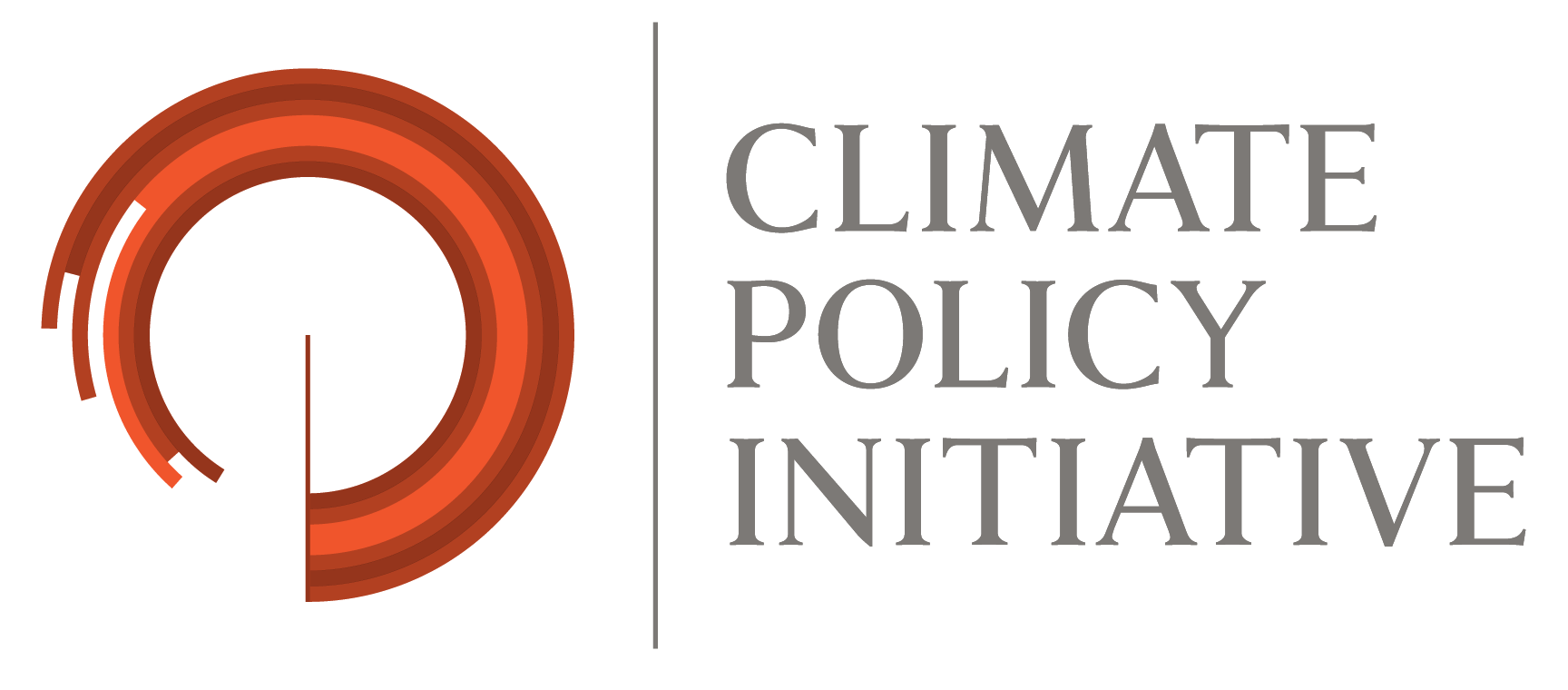Top-down climate finance needs data dashboard
What investment is needed to keep the average global temperature rise within 1.5°C by the end of the century? The dashboard below provides a sectoral breakdown of top-down climate finance needs data.
To explore the climate finance flows data, visit the Global Landscape of Climate Finance data dashboard.
FAQ
Where can I find the underlying methodology?
Our latest methodology document can be found here. It details CPI’s approach to estimating top-down climate finance needs, including data sources, data collection and standardization process, assumptions and limitations.
How should I interpret the data?
Due to data and methodology limitations, caution should be used when interpreting and using CPI’s top-down needs data.
Do…
- Use CPI’s top-down needs estimates as a general guideline for the scale of investment required rather than as precise predictions. CPI’s investment needs estimates are derived by aggregating values from multiple sources and scenarios, each based on different—sometimes highly divergent— assumptions and models. As a result, CPI’s average estimates should not be seen as precise figures for achieving 1.5°C alignment but rather as a general indication of the scale of investment required. Presenting a range of values (minimum and maximum estimates) provides a more complete picture, capturing the variability across data sources and scenarios, as well as the uncertainty of future projections.
- View needs estimates as investment opportunities in the global transition toward a 1.5°C development pathway rather than as costs. Climate investments not only generate returns for investors but also help develop and strengthen climate-friendly infrastructure, practices, and systems across multiple sectors. This drives long-term economic, health, and social benefits, which are expected to be greater than those under a business-as-usual (BAU) scenario.
Do not…
- Do not consider investment needed under a 1.5°C pathway as additional to a BAU scenario. Closing the funding gap for 1.5°C alignment is not just about adding new investments—it also requires redirecting capital that would otherwise go toward high-carbon activities in a BAU scenario.
- Do not assess progress toward net zero based solely on a single year’s improvement compared to a BAU scenario. Progress should be measured cumulatively over time. Even if investment levels eventually reach the required targets in the future, any shortfall in previous years represents a gap in alignment with the net zero pathway. These missed investments will need to be compensated for later to stay on track.
- Do not view investment needs estimates in isolation, but rather as part of the wider context of measures needed to align to a 1.5°C pathway. Top-down (technology-based) models estimating the investment needed for a 1.5°C pathway often focus on capital expenditures (CAPEX) and may overlook key interventions necessary for achieving net zero alignment. For example, policy measures and behavioral changes—e.g., efforts to reduce energy intensity—are frequently underrepresented or entirely unaccounted for in technology-based models, often included as assumptions to build the models but not reflected in the final needs values.
- Do not view investments in climate solutions alone as a guarantee that the net zero target will be met. Achieving net zero requires ensuring that these investments drive meaningful transformations. Climate investments will be effective only if (i) they enable physical targets to be reached and (ii) the climate solutions supported are replacing high-carbon activities (aiming for substitution and not addition).
How does this data differ from climate finance needs in Nationally Determined Contributions (NDCs)?
The dashboard displays data on climate finance required to fund the actions needed to keep the average global temperature rise within 1.5°C by the end of this century. These (“top-down”) needs are calculated using predictive models developed by various institutions for different sectors.
Top-down needs differ from climate finance needs in NDCs (or “bottom-up” needs) which are climate finance required by countries to reach their national climate targets.
Top-down and bottom-up needs estimates each shed light on climate finance needs from a different perspective. Top-down needs take a technology perspective, outlining what would be technically required (and feasible) to put the world on a climate-compatible pathway. Bottom-up needs, on the other hand, take a country perspective, outlining domestic and international capital required to achieve national climate goals.
At present, the cumulated commitments as per currently submitted NDCs are insufficient to align to a net zero pathway. As a result, bottom-up needs are materially lower than top-down needs. CPI’s methodology and data on bottom-up needs are available here.
Top-down needs differ from climate finance needs in NDCs (or “bottom-up” needs) which are climate finance required by countries to reach their national climate targets.
Top-down and bottom-up needs estimates each shed light on climate finance needs from a different perspective. Top-down needs take a technology perspective, outlining what would be technically required (and feasible) to put the world on a climate-compatible pathway. Bottom-up needs, on the other hand, take a country perspective, outlining domestic and international capital required to achieve national climate goals.
At present, the cumulated commitments as per currently submitted NDCs are insufficient to align to a net zero pathway. As a result, bottom-up needs are materially lower than top-down needs. CPI’s methodology and data on bottom-up needs are available here.

